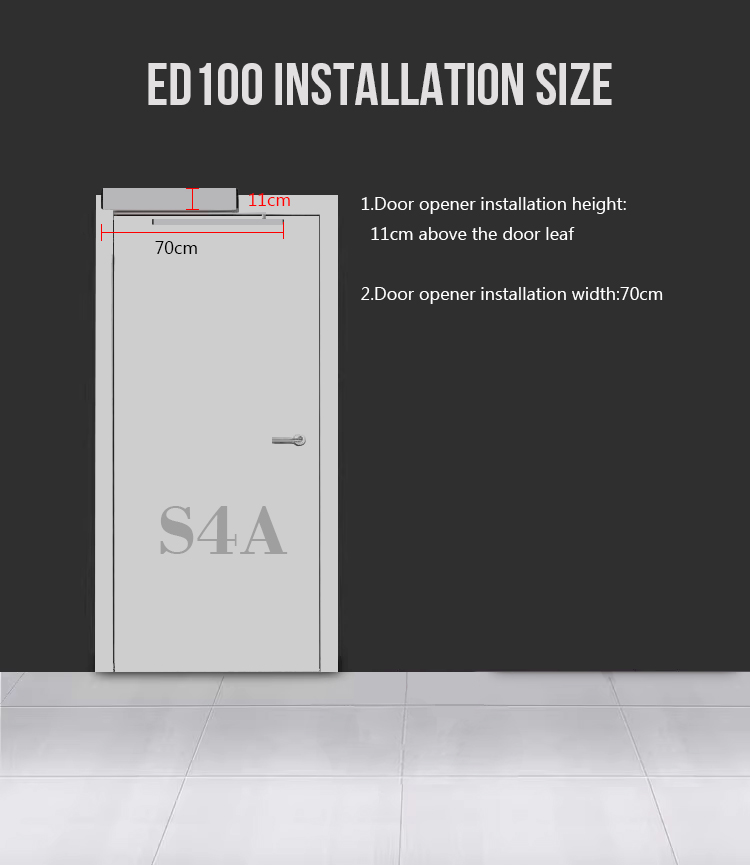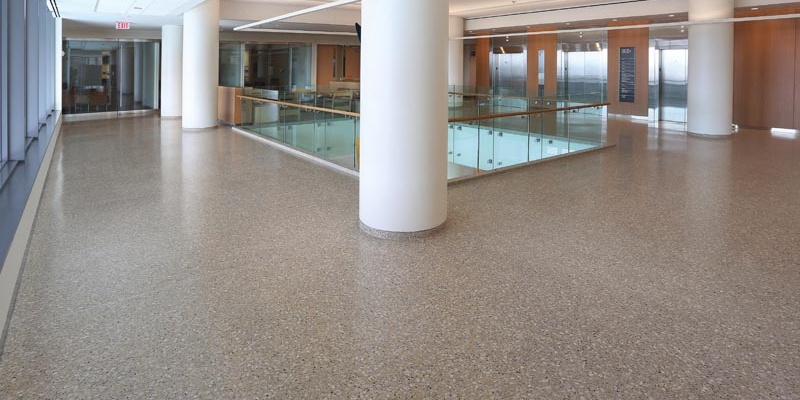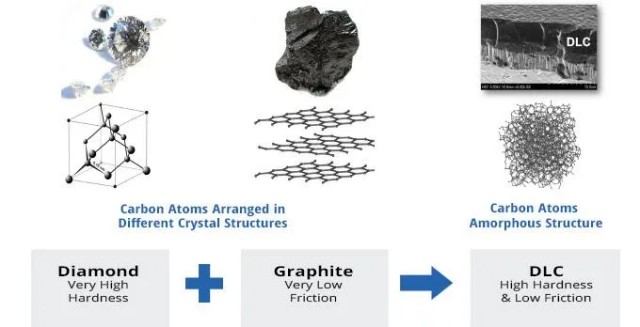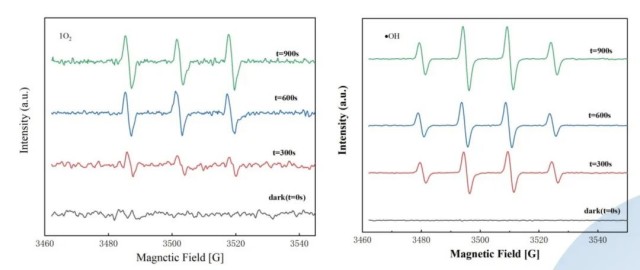Why do we need to install a 90 degree door opener? What are the advantages
Why do we need to install a 90-degree automatic gate opener? What are the advantages? Several new customers have recently asked the same question about automatic door openers.
here are three of the biggest advantages of a 90-degree automatic swing gate opener:
Enhanced Accessibility: A 90-degree automatic sliding gate opener provides a wider opening than traditional doors, allowing for easier access for people with disabilities, such as those in wheelchairs, as well as those pushing strollers or carrying bulky items. This can be especially beneficial in public spaces like hospitals, airports, and shopping centers.
Improved Safety: Automatic doors, including 90-degree openers, can help reduce the risk of accidents caused by manual doors. They eliminate the need for individuals to physically push or pull the door open, which can lead to slips, trips, and falls. Additionally, automatic doors can be equipped with sensors that detect the presence of people or objects in the doorway, helping to prevent collisions and injuries.
Increased Efficiency: In high-traffic areas, manual doors can create bottlenecks and slow down the flow of people. A 90-degree automatic door opener can help alleviate this issue by allowing for a smoother and more efficient traffic flow. This can be especially important in commercial settings, such as retail stores, where a fast and efficient customer experience is crucial. Additionally, automatic doors can be programmed to open and close at specific times, helping to conserve energy and reduce costs.
How do 90-degree automatic door openers differ from other types of door openers in terms of design and functionality?
90-degree gate opener system differentiates from other types of door openers in several ways, particularly in their design and functionality:
Opening Mechanism: The most obvious difference is the opening angle. A 90-degree automatic door opener swings the door open to a full 90-degree angle, unlike sliding door systems or revolving doors, which move differently.
Space Requirements: Due to the 90-degree swing, these openers require sufficient space on one side of the door for the door to open fully without obstruction. This contrasts with sliding door systems, which do not require additional lateral space.
Energy Efficiency: Some 90-degree automatic door openers are designed with energy-saving features, such as motion sensors that activate the door only when needed, reducing unnecessary energy consumption compared to continuously powered systems.
Integration with Security Systems: They can be integrated with access control systems for added security, allowing the door to open only for authorized individuals. This level of integration might vary with other door opener types.
Sensor Technology: 90-degree automatic door openers often utilize advanced sensor technology to detect the presence of people or objects, ensuring safe operation and preventing the door from hitting anything during its swing.
Aesthetics: The design of a 90-degree gate automatic opening system can be more streamlined and less obtrusive than other types, especially when considering the visibility and aesthetics of the mechanism.
Maintenance: The maintenance requirements for a 90-degree sliding automatic gate opener kit can differ from other types. For instance, hinged doors may require less maintenance than sliding or folding door systems, which have more moving parts.
Weather Resistance: Some models are designed to withstand various weather conditions, ensuring reliable operation even in adverse climates, which might be a consideration not as prevalent with indoor-only door systems.
Each type of swing gate operator is suited to different applications based on the specific needs of the building or space they are intended for. The choice of door opener will depend on factors such as available space, traffic flow, security requirements, and environmental conditions.
If you wanna know more products or require any additional information, pls kindly contact us as below:
S4A INDUSTRIAL CO.,LIMITED
Contact Sales: Ms Anna Zhang
Tel:+86 755 29450011 EXT: 608
Mob/whatsapp/Viber +86 134 10500721
Skype:crypton0908
Email: sales1@s4a-access.com





















